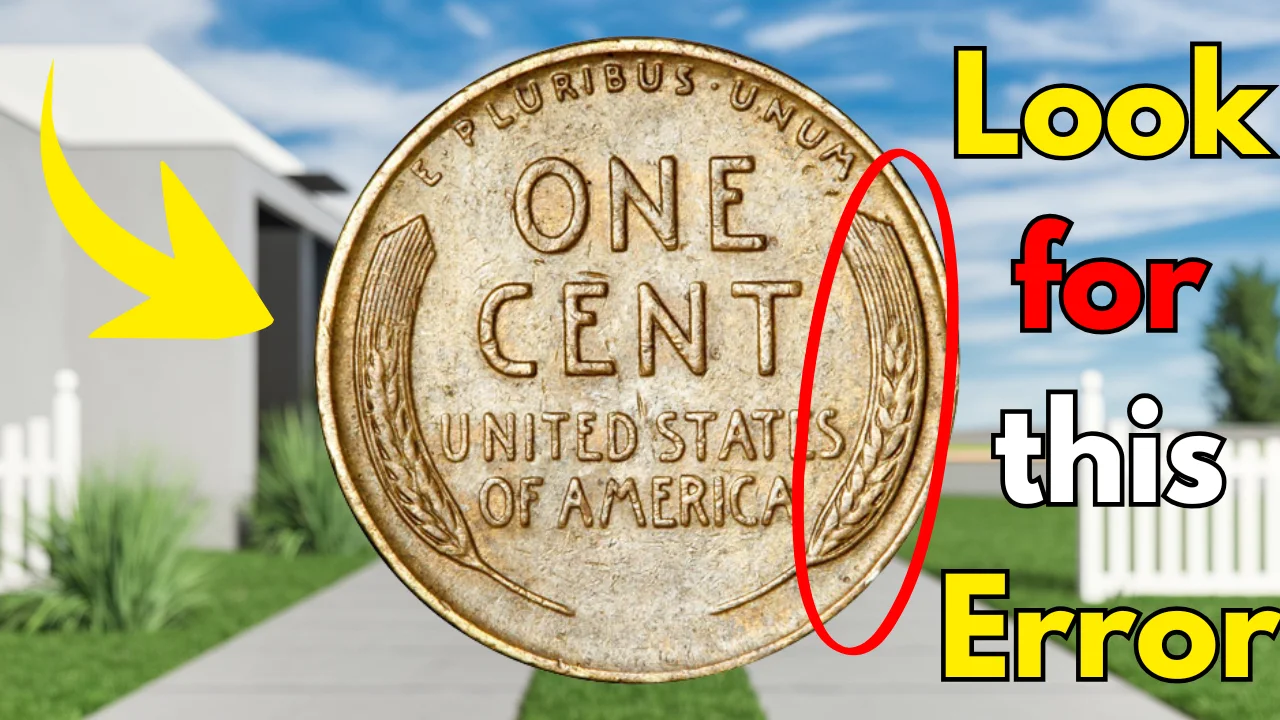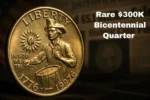Rare Lincoln Wheat Penny Worth: In the world of coin collecting, few stories capture the imagination like that of a small, copper-colored coin potentially worth millions. The Lincoln Wheat Penny, minted from 1909 to 1958, is a familiar relic of American history—but within this collection lies a remarkable rarity. A particular 1943 Lincoln Wheat Penny, mistakenly struck in bronze instead of steel, has been valued at up to $3.12 million. What makes this tale even more captivating is the possibility that such a penny might still be floating unnoticed in everyday circulation.
The Birth of the Lincoln Wheat Penny
The Lincoln Wheat Penny was first issued in 1909 to commemorate the 100th anniversary of Abraham Lincoln’s birth. Designed by Victor David Brenner, it was the first U.S. coin to feature a real person, replacing the classic Liberty image. The reverse showcased two wheat stalks—hence the nickname “Wheat Penny.” Made primarily of 95% copper, these pennies remained largely unchanged in composition until World War II.
Why 1943 Is So Special
During World War II, copper was a critical wartime material needed for ammunition and other military equipment. To conserve copper, the U.S. Mint decided to strike pennies using zinc-coated steel in 1943. These “steel cents” had a silvery appearance and were lighter than traditional copper coins.
However, a small number of 1943 pennies were accidentally struck using the leftover bronze planchets (blanks) from 1942. These rare errors weren’t discovered until years later and are now among the most sought-after coins by collectors. Only about 15 to 20 of these 1943 bronze cents are known to exist, making them incredibly rare and valuable.
The $3.12 Million Lincoln Penny
One of the most famous 1943 bronze Lincoln pennies was sold at auction for an astonishing $3.12 million. What makes this coin particularly valuable is not just its scarcity, but also its condition, historical significance, and the story behind its minting error. This specific coin was certified by a reputable grading service, adding to its authenticity and value.
The coin in question was once owned by a teen collector who found it in a high school cafeteria change jar in the 1940s. He held onto it for decades before it was eventually auctioned, making headlines across the numismatic community.
Could One Still Be in Circulation?
Though the odds are slim, the dream of discovering a $3.12 million penny in your pocket change is not entirely impossible. Some of these error coins could still be hiding in old piggy banks, coin jars, or even forgotten boxes in attics. It’s also possible that someone unknowingly spent one long ago, unaware of its value.
Most people wouldn’t give a second glance to a penny, especially one that looks old or worn. But coin collectors and enthusiasts know better—they’re constantly checking their change in hopes of spotting one of these legendary rarities.
How to Spot a 1943 Bronze Lincoln Penny
Here are a few tips to help you identify whether you’ve struck gold—or rather, copper:
-
Magnet Test: A 1943 steel penny will stick to a magnet, while a bronze one will not. If your 1943 penny is not magnetic, it’s a good sign.
-
Color: Steel cents are grayish-silver, while bronze coins have the typical reddish-brown or copper tone.
-
Weight: Bronze pennies weigh about 3.11 grams, while steel ones are lighter at 2.7 grams.
-
Date and Mint Mark: Check the year—1943—and the mint mark (D for Denver, S for San Francisco, or no mark for Philadelphia).
-
Professional Appraisal: If you think you’ve found one, get it authenticated by a reputable coin grading service such as PCGS or NGC.
The Thrill of the Hunt
Part of what makes coin collecting so exciting is the mystery and possibility behind every coin. Unlike many other collectibles, coins are tangible pieces of history that often pass through countless hands before revealing their secrets. The idea that a single penny in your pocket could be worth millions is enough to keep collectors and casual hobbyists alike scanning their change with renewed curiosity.
Final Thought
The 1943 bronze Lincoln Wheat Penny serves as a fascinating reminder of how a small error in history can lead to incredible value decades later. While the chances of finding one are extremely rare, they’re not zero—and that’s enough to keep hope alive. So next time you come across a penny, take a moment to look a little closer. You might just be holding a piece of numismatic treasure worth a fortune.
FAQs
Q1: How many 1943 bronze Lincoln Wheat Pennies are known to exist?
A: Only about 15 to 20 authentic examples are known to exist.
Q2: Why are they so valuable?
A: Their value comes from their extreme rarity, historical significance, and the fact that they were a minting error.
Q3: Can I find one in my pocket change?
A: It’s unlikely, but not impossible. Some could still be in circulation or stored unknowingly in collections or coin jars.
Q4: How can I tell if my 1943 penny is bronze or steel?
A: Try the magnet test—steel pennies are magnetic, bronze ones are not. Also check color and weight.
Q5: What should I do if I think I have one?
A: Don’t clean it. Contact a professional coin dealer or grading service to have it authenticated and appraised.




